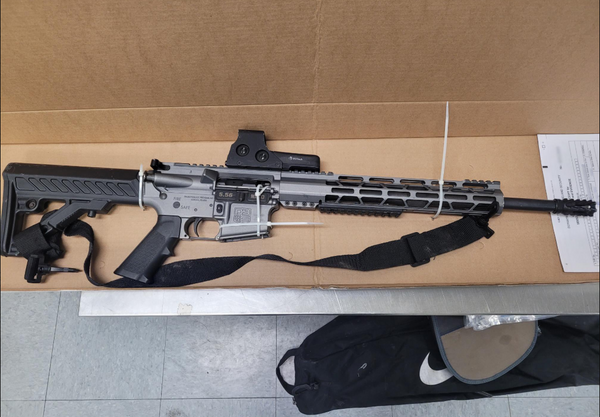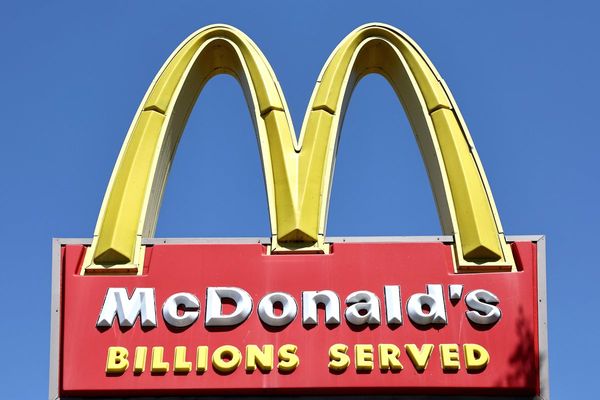
Beef and pork were considerably more expensive at the end of 2024 than at the end of 2023. Live cattle posted an over 12% gain, while the feeders were up over 17%. Lean hog futures moved around 20% higher for the year. Over the year’s final three months that ended on December 31, the hog futures edged lower, while cattle futures continued their upward price momentum. As the meat markets head into 2025, the trends remain mostly bullish.
Cattle futures posted gains in Q4 and 2024
Live cattle futures have continued their bullish trend since the April 2020 pandemic-inspired 76.60 cents per pound low. They rose 4.26% in Q4 and were 13.71% higher in 2024.

The continuous contract monthly chart highlights the ascent of live cattle futures that settled 2024 at $1.9160 per pound. Feeder cattle futures did even better, posting a 6.83% Q4 gain and an 18.32% price increase in 2024.

After trading at a $1.0810 low in April 2020, feeder cattle futures have made higher lows and higher highs, settling 2024 at $2.63035 per pound. Cattle futures have been bullish beasts, no pun intended, over the past years.
Hogs edged lower in Q4 but led the animal protein sector higher in 2024
While lean hog futures underperformed live and feeder cattle futures in Q4, pork prices rose more than beef prices on a percentage basis in 2024.

The monthly continuous lean hog futures chart illustrates the rise and choppy seasonal price action from the April 2020 41.50 cents per pound low. Lean hog futures edged 1.16% lower in Q4 but were 19.60% higher in 2024.
The USDA expects higher prices to continue in 2025
The USDA’s December World Agricultural Supply and Demand Estimates Report told the animal protein markets:
The forecast for 2024 red meat and poultry production is increased as higher poultry and beef production is partially offset by lower pork production. Beef production is raised on higher steer and heifer slaughter, as well as heavier dressed weights. Pork production is reduced on lighter dressed weights. Broiler production is raised on revised production data for the third quarter, with no changes to the fourth-quarter forecast. Turkey production is raised for the fourth quarter on heavier expected weights, as well as the latest hatchery and production data. Egg production is reduced due to reductions of the layer flock as a result of Highly Pathogenic Avian Influenza (HPAI)-related culling through early December. For 2025, the beef production forecast is reduced due to the current restrictions on cattle imports from Mexico. The restrictions would result in lower feedlot placements throughout the WASDE-655-4 year and lower beef production, particularly in the second half of 2025. The pork production forecast is reduced on lighter expected dressed weights in the first half of the year. The Hogs and Pigs report, to be published December 23, 2024, will provide estimates of the pig crops and producer farrowing intentions affecting 2025 production. Broiler production for the first quarter is raised based on recent hatchery data indicating more production in early 2025. Turkey production is lowered on HPAI-related culling reported through early December. Egg production is reduced due to the recent HPAI-related outbreaks carrying into 2025 flock inventories. Beef imports for 2024 are raised on recent data. Beef exports are unchanged. For 2025, beef imports are raised on expected demand for processing-grade beef. Beef exports are lowered based on tighter domestic supplies and less competitive prices. The 2024 pork export forecast is lowered based on recent data. For 2025, the pork export forecast is reduced on lower U.S. production and slower-than-previously-expected demand growth in key markets. The broiler export forecast is raised for 2024 on recent trade data. The broiler export forecast for 2025 is also raised on higher production. The turkey export forecast is unchanged for both 2024 and 2025. The cattle price forecast is unchanged for 2024, while the forecast for 2025 is raised on tighter expected cattle and beef supplies. The hog price forecast is raised for 2024 based on prices to-date and these increases are carried into 2025. The broiler price is unchanged for 2024. For 2025, offsetting quarterly changes result in an unchanged annual broiler forecast. The turkey price forecast for 2024 is raised on recent price strength, with the higher prices carried into the first half of 2025. Egg price forecasts are raised for 2024 and 2025 with lower production and smaller inventory forecasts.
Source: USDA
The USDA increased its price forecasts for beef and pork for 2025 in the final 2024 WASDE report.
Tariffs could impact prices in 2025
The United States is the world’s third-leading beef exporter and the second-leading pork exporter. The incoming Trump administration has told markets it intends to employ tariffs to level the playing field on international trade and other purposes. Tariffs distort commodity prices as they interfere with supply and demand fundamentals. Trade barriers can create oversupply in some countries and shortages in others. Therefore, as a leading beef and pork exporter, U.S. prices could experience volatility under the new Trump administration in 2025 and beyond.
Time will tell if the tariff plans are a threat to gain an edge in trade negotiations or if they become a reality. Any trade barriers can create significant price distortions in raw material markets, and animal proteins are no exception.
There are no meat ETF or ETN products- Futures are the only route for cattle and hog exposure
There are no ETF or ETN products that track cattle or hog prices. Therefore, the only route for exposure to the beef and pork markets is the futures and futures options arena. Futures involve margin requirements:
- At $1.93 per pound, a live cattle futures contract containing 40,000 pounds is worth $77,200. Original and maintenance margin requirements are currently $2,420/$2,200 per contract. Market participants can control 40,000 pounds of live cattle futures with a 3.13% downpayment. When the margin moves below the $2,200 level, a payment is required to increase the good faith deposit.
- At $2.60 per pound, a feeder cattle futures contract containing 50,000 pounds is worth $130,000. Maintenance margin requirements are currently $4,125 per contract. Market participants can control 50,000 pounds of feeder cattle futures with a 3.17% downpayment. When the margin moves below the $4,125 level, a payment is required to increase the good faith deposit.
- At $0.8160 per pound, a lean hog futures contract containing 40,000 pounds is worth $32,640. Original and maintenance margin requirements are currently $1,650/$1,500 per contract. Market participants can control 40,000 pounds of lean hog futures with a 5.06% downpayment. When the margin moves below the $1,500 level, a payment is required to increase the good faith deposit.
The trend is always your best friend in markets, and it has been bullish in live and feeder cattle and lean hog futures since the April 2020 lows. As the animal protein markets move into 2025, prices remain on a bullish path. The peak grilling season begins in May and runs through September when the demand increases, and prices often reach seasonal highs. However, the potential for U.S. tariffs in 2025 could cause the most volatility in beef and pork prices.







